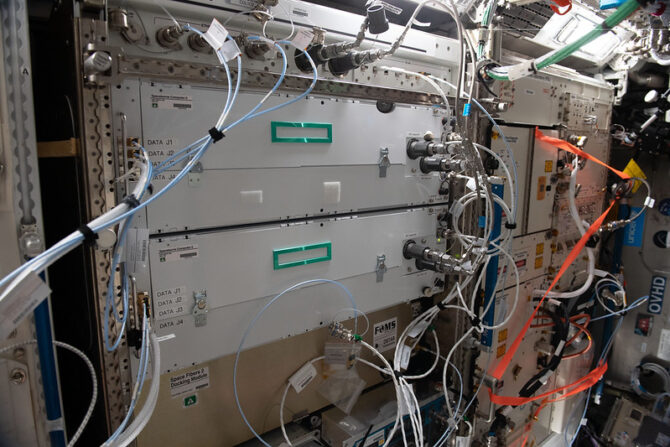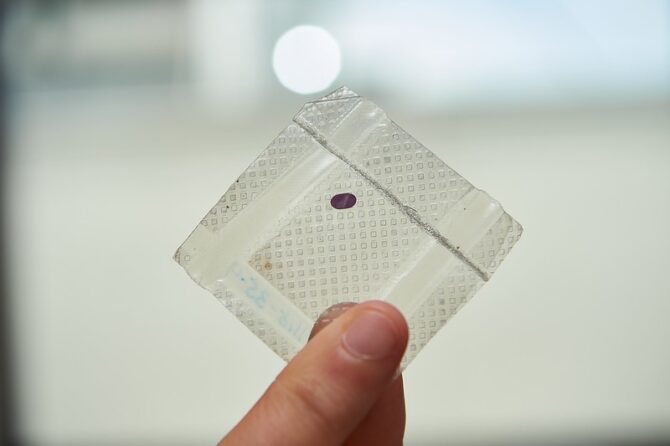
Space launch to include tissue chips, artificial retina production, supercomputer
EP&T Magazine
Electronics Embedded Systems Semiconductors Engineering chips ISS launch NASA semiconductors space supercomputerMore than 900 pounds of supplies, research, and technology demonstrations are flying on NG-20
A pair of robotic arms, a project to construct artificial retinas in space, and a new method of producing improved optical fibers are among more than 20 payloads sponsored by the International Space Station (ISS) National Laboratory launching on Northrop Grumman’s 20th Commercial Resupply Services mission (NG-20). This will be the first mission in which a Northrop Grumman Cygnus spacecraft launches atop a SpaceX Falcon 9 rocket. The mission, contracted through NASA, will launch from Space Launch Complex 40 at Cape Canaveral Space Force Station in Florida no earlier than Monday, January 29, 2024.

More than 900 pounds of supplies, research, and technology demonstrations are flying on NG-20, enabling commerce in low Earth orbit and providing value to our nation through space-based inquiries. Here’s a look at a few of the science investigations on this mission:
- A tissue chip study funded by the U.S. National Science Foundation will test a nanoparticle therapeutic to treat degenerative joint diseases on Earth. The research team, from the University of Connecticut, will evaluate whether the therapeutic helps to maintain human cartilage in the absence of biomechanical loading in microgravity.
- Building on previous investigations, biotechnology startup LambdaVision will study whether a powdered form of the protein bacteriorhodopsin can be dissolved in solution in microgravity for the successful layer-by-layer manufacturing of artificial retinas. If successful, this could help significantly reduce the mass of materials traveling to the space station, allowing more manufacturing at a lower cost.
- Hewlett Packard Enterprise (HPE) will test an updated version of the HPE Spaceborne Computer-2, a commercial off-the-shelf supercomputer based on HPE EdgeLine and ProLiant servers. HPE Spaceborne Computer-2 is equipped with software that enables performance in the harsh environment of space. Results from this investigation could streamline space-based research by providing quicker in-orbit data processing. Insight gained could also enable high-performance computing on future long-duration missions.

- Flawless Photonics, an optical fiber manufacturing company, is leveraging the space station to test its microgravity-based glass drawing processes on its ZBLAN manufacturing platform. The investigation aims to demonstrate the theorized benefits of manufacturing ZBLAN fibers in microgravity to eliminate gravity-induced defects. By harnessing the unique environment of microgravity, Flawless Photonics aims to produce fibers that offer significantly enhanced performance for a wide range of applications, including advanced laser systems and telecommunications devices for both space and Earth applications.
- An investigation from space robotics startup GITAI will evaluate how efficiently its dexterous robotic arm technology operates outside of the space station. This project aims to demonstrate that GITAI’s extravehicular robotic systems are capable of functioning in the space environment. A pair of robotic arms will perform a series of common crew activities and tasks via supervised autonomy and teleoperations from the ground.
